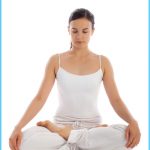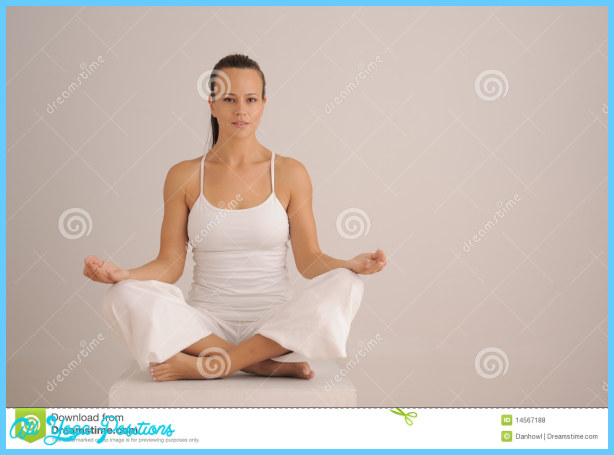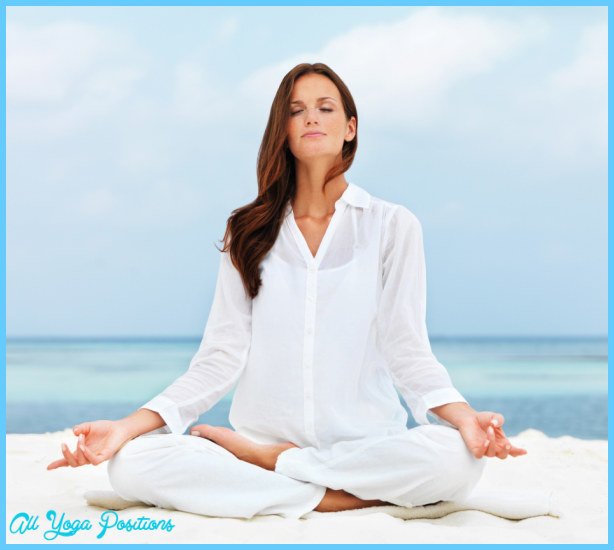All energy has to function; it cannot be negated; it can only be redirected. So the moment you try to control your own personal desires, you have to create either a desire to do good to others, or a desire to realize God. Since a genuine desire to realize God is a far-off thing, there is the middle state where you conceive desires to perform noble acts. Noble acts are always unselfish, always for the good of others, for the service of others. You have to conceive them, and you have to direct your energies toward them. Any energy that is devoted to a good purpose becomes amenable; it is your friend. It does not go against you, nor do you have to control it as you have to control the energy that goes into the realization of your own selfish desires. That’s the way your vital energies become purified and come under control. That is pranayama.
Before pranayama there is a step called asanam. Asanam means posture and, like pranayama, has been interpreted in a superficial way and in a deeper way. Superficially, it simply means a sitting posture. In India our yogis have cultivated innumerable such postures. Some of them are really extraordinary the way they fold their legs and so on is certainly wonderful to look at. But in his Yoga Sutras Patanjali himself says that all these postures are not necessary. He says, sthira-sukham asanam 5 Posture is that which is firm and pleasant.’ In other words, the asanam for you is that posture in which you can comfortably remain steady for a long time.The deeper meaning is that until you have learned to control your vital energies at least a little, until your mind has turned away from worldly things, this ability to sit calmly and quietly does not come to you. Yes, by external practices you can form some habits, but a natural posture where you can sit quietly, with a straight back, not moving much, that comes only when the mind is in balance. That is the deeper meaning.
How do you reach that state? Before asanam there are two steps -yama and niyama that involve all kinds of physical disciplines and also disciplines of the senses, the practice of moral virtues, and so on. So here we come to the beginning of the path.
Earlier I said one of the reasons we find the path so difficult is that we enter into it unprepared. And I said that in the books the way is given step by step, and everything looks systematic and appealing. There is justification for that approach; for example, if a person hasn’t attained to some amount of yama and niyama, control of body and mind, it is in vain for him to practise pranayama, control over vital energies, or to try to meditate; he would have very little meditation. That much is true. But here is the catch: long before we have full control over our senses or our vital energies one part of the mind wants to meditate and is able to meditate though not always and not fully or very successfully; still it likes to meditate and can meditate. So in actual practice you start all of these steps together. It is’then that the difficulties arise.














